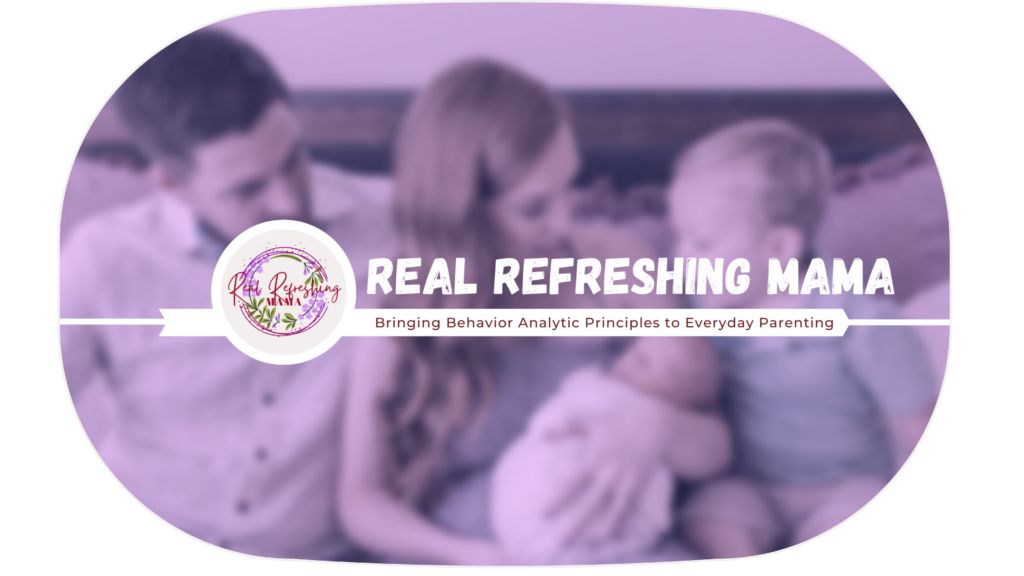Expressive Language
Expressive language refers to the ability to convey thoughts, feelings, and information through speech, writing, gestures, or symbols. It’s about how we send our message to others and make our wants and needs known.
In children, expressive language skills include being able to name objects, describe actions and events, put words together in sentences, use grammar correctly, and retell stories or participate in conversations.
This is distinct from receptive language, which refers to the ability to understand information received from others, whether it’s spoken or written language, gestures, or symbols.
Both expressive and receptive language skills are crucial for effective communication, and they are a major focus in language development during childhood.
Receptive Language
Receptive language refers to the ability to understand and process language heard or seen. It involves understanding words, sentences, and meaning of what’s being communicated by others, whether it’s spoken or written language, or through gestures and symbols.
In children, receptive language skills encompass the ability to comprehend questions, follow directions, identify objects and pictures when they are named, and grasp the nuances of tone or emotion in someone’s voice.
Receptive language is distinct from expressive language, which relates to the ability to produce and communicate one’s own thoughts, feelings, and messages to others.
Deficiencies or delays in receptive language can sometimes lead to difficulties in understanding instructions, following conversations, or grasping abstract concepts, among other challenges. It’s a fundamental aspect of communication and an essential component of early childhood development.
Reinforcement
There are two primary types of reinforcement: positive and negative.
Positive Reinforcement
Positive reinforcement involves adding a desirable stimulus to increase a behavior. For example, if your child cleans their room and you reward them with an extra half-hour of TV time, you’re using positive reinforcement. The added TV time (desirable stimulus) encourages the child to repeat the behavior (cleaning their room).
Negative Reinforcement
Negative reinforcement, on the other hand, involves removing an unfavorable stimulus to increase a behavior. For instance, consider a scenario where a loud, continuous alarm goes off until you fasten your seatbelt in the car. Here, the removal of the annoying sound (unfavorable stimulus) reinforces the behavior of buckling up.
It’s important to note that in behavior analysis, “negative” does not imply something bad or harmful. It simply refers to the removal of a stimulus.

